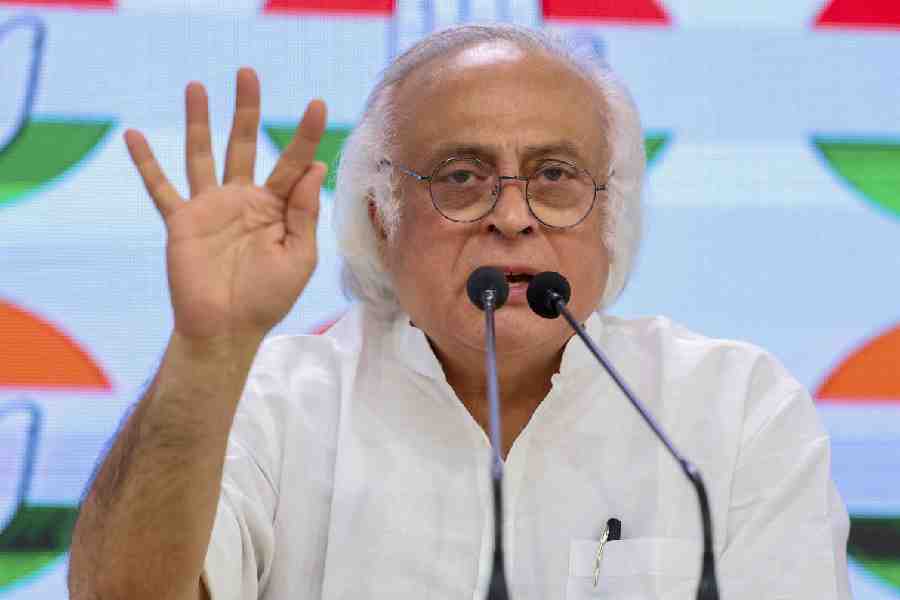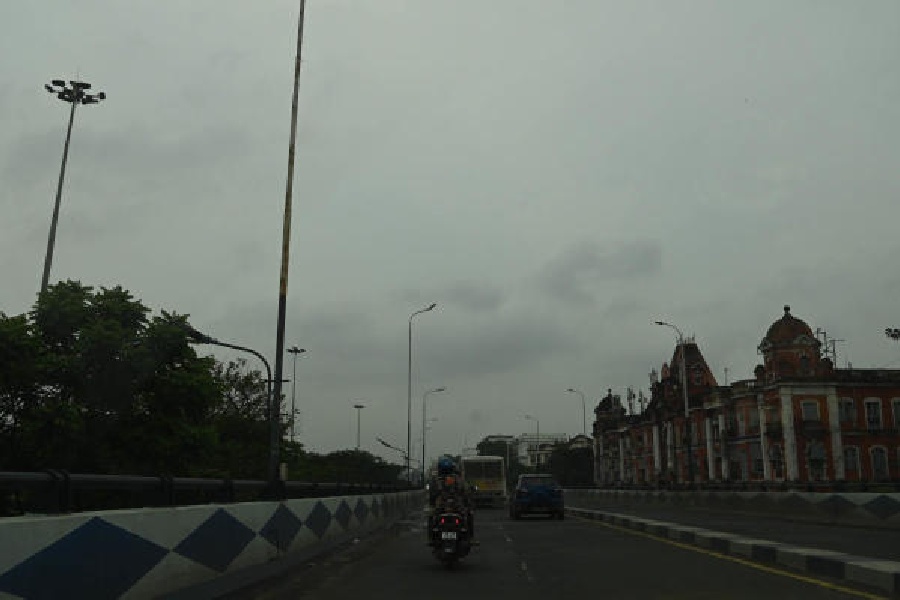Calcutta, June 22: The state government has taken the first step towards implementing the central land acquisition act, which came into effect in 2014.
The Mamata Banerjee dispensation, which follows a hands-off land policy, has begun framing the "rules and manual", which is necessary to implement the act. The rules and manual lay down state-specific nitty-gritties of a central act, which mentions the broader outlines, and are necessary to give effect to a legislation.
Sources said the state's move was significant given the government's stand on land acquisition, but added it was too early to read much into it.
"Several government projects are stuck because of want of land. After returning to power, the chief minister wants to fast track them. That's why the rules and manual are being framed," a source said.
By framing rules, a state government fine-tunes a central act in keeping with its requirements and the situation on the ground.

For example, the Right to Fair Compensation and Transparency in Land Acquisition, Rehabilitation and Resettlement Act, 2013, provides for a preliminary investigation to determine the social impact of the acquisition for a project and the public purpose it would serve.
Through the rules, the state lays down who would form the committee to undertake the investigation, its members and the time limit for filing the report.
The manual is similar to a handbook for officials carrying out the acquisition. Here, several state-specific issues such as compensation are described in details.
The central land act says a land loser will get two to four times the market price in a rural area and at least twice the market rate in an urban belt. "But it does not say anything on sharecroppers. The state government has to fix a formula to compensate the sharecroppers," a retired official said.
Although the Bengal government has been trying to arrange plots for projects through a direct land-purchase policy launched in November 2014, the sources said all big states had already implemented the central acquisition act by framing the rules and manual.
"Bengal is the only state where no land acquisition act is in place after the Land Acquisition Act, 1894, was repealed and the new one introduced on January 1, 2014. All the other states have started acquiring land by invoking the new act after framing the rules and manual. No problem has been reported so far," a Bengal land department official said.
The sources said if land was not acquired, several infrastructure projects would be stalled as the direct land-purchase policy had failed to be a suitable alternative to the acquisition act.
According to the sources, the chief minister's pet project - the Asian Development Bank-funded north-south corridor, which would link NH6 at Mechhogram in East Midnapore to NH34 in Murshidabad - was one of the schemes that was worst hit by the lack of land.
In the first phase, the project is set to connect Mechhogram to Burdwan and for this about 500 acres are required. Initially, it had been decided the land would be purchased directly. But recently, the district authorities of East and West Midnapore, Hooghly and Burdwan, through which the corridor will pass, informed the government that about 30 per cent of land owners were not ready to sell their plots, the sources said.
"This posed a hurdle as the state has to show that half of the land needed for the project is contiguous to get the first instalment of funds from the ADB," an official said.
Several other key projects are stuck because of unavailability of land. (See chart)
A Calcutta-based industrialist lauded the move to frame the rules and manual, saying it would send the right message to industry.
Land department officials said industrialists were hopeful because the new act had a provision of acquiring land for private projects too.
"But for this, the consent of 80 per cent of the land losers is needed. In other words, if an investor can buy 80 per cent of the land directly from farmers, the government can acquire the remaining 20 per cent," an official said.










